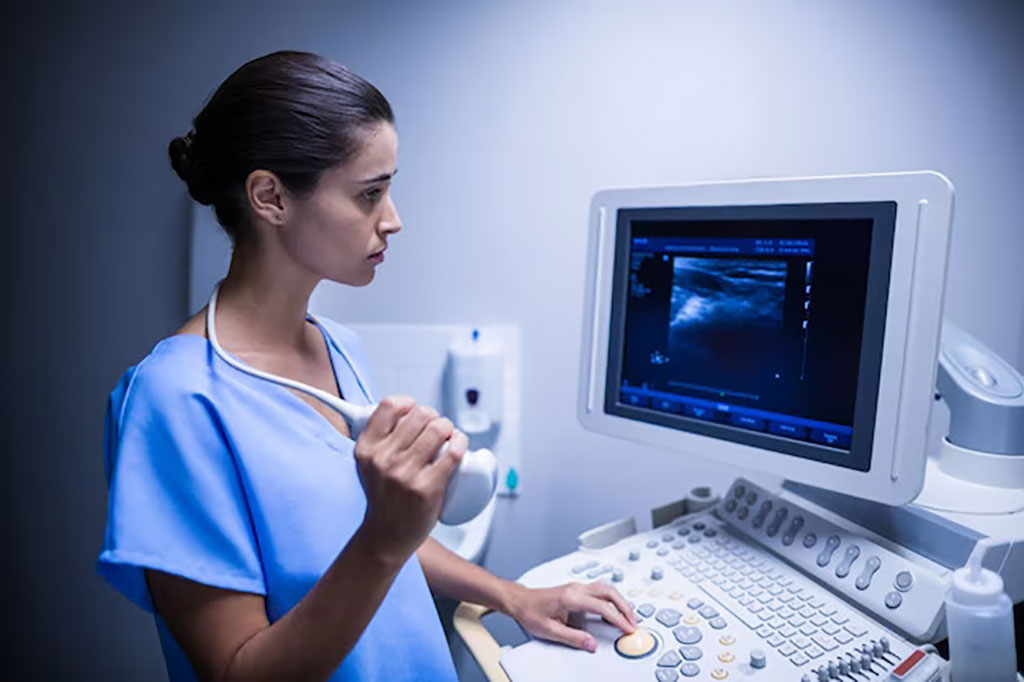Simple Contrast Ultrasound Scan Overcomes MR and CT Limitations in Diagnosing Tumors
Posted on 11 Sep 2023
Contrast-enhanced ultrasound (CEUS) takes traditional ultrasound imaging up a notch and is widely applied globally for diagnosing heart conditions and assessing the risk of heart attacks or strokes. CEUS also plays a role in identifying and assessing tumors in various organs like the liver, kidney, prostate, and breast, as well as in tracking the efficacy of cancer treatments. Unlike other imaging techniques, CEUS employs non-radioactive ultrasound contrast agents, also known as UCAs or UEAs, to enhance the quality and reliability of standard ultrasound images. The high-resolution, real-time images produced by CEUS often match the quality of those obtained from CT or MR scans. Moreover, ultrasound equipment is not only less costly than other diagnostic imaging tools like MRIs and CTs but is also portable, readily available, and can be taken directly to a patient's bedside if necessary.
CEUS can also be an invaluable resource for clarifying ambiguous MR and CT scan results, according to Dr. Stephanie Wilson, a clinical professor of radiology and gastroenterology at the University of Calgary (Alberta, Canada) and Co-President of the International Contrast Ultrasound Society (ICUS, Chicago, IL, USA). The ultrasound contrast agents used in CEUS consist of suspensions of tiny injectable "microbubbles" that pose no known risk of kidney damage, brain contrast deposit, or ionizing radiation exposure for patients and healthcare providers alike. These microbubbles remain within blood vessels and do not go into the tissue, thereby offering highly accurate blood flow details when compared to interstitial agents used in CT and MR imaging. This level of detail in blood flow is vital for diagnosing and characterizing tumors as well as for detecting recurrences post-treatment, she noted.

“CEUS often overcomes limitations of MR and CT in diagnosing many tumors and detecting their recurrence,” said Dr. Wilson. “CEUS scans are significantly less expensive than MR and CT.”
“In addition, in cystic neoplasms anywhere in the body, including the liver, small deposits of tumor are detected on high resolution CEUS with superior sensitivity when compared to MR, which doesn’t even show the nodule or blood flow,” Dr. Wilson added. “Further, for liver imaging, CEUS overcomes MR limitations associated with fat and iron.”
Related Links:
University of Calgary
ICUS








 Guided Devices.jpg)





